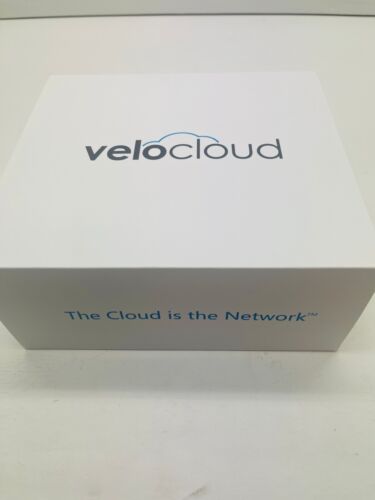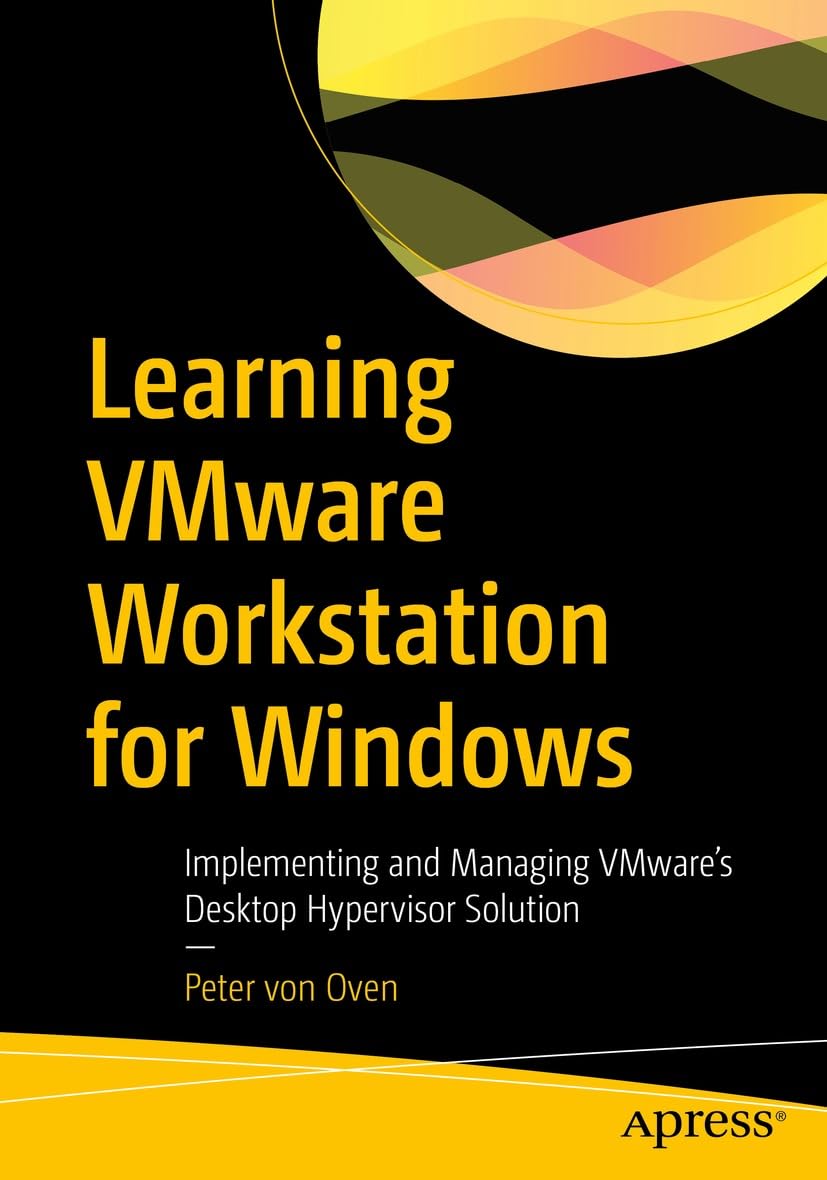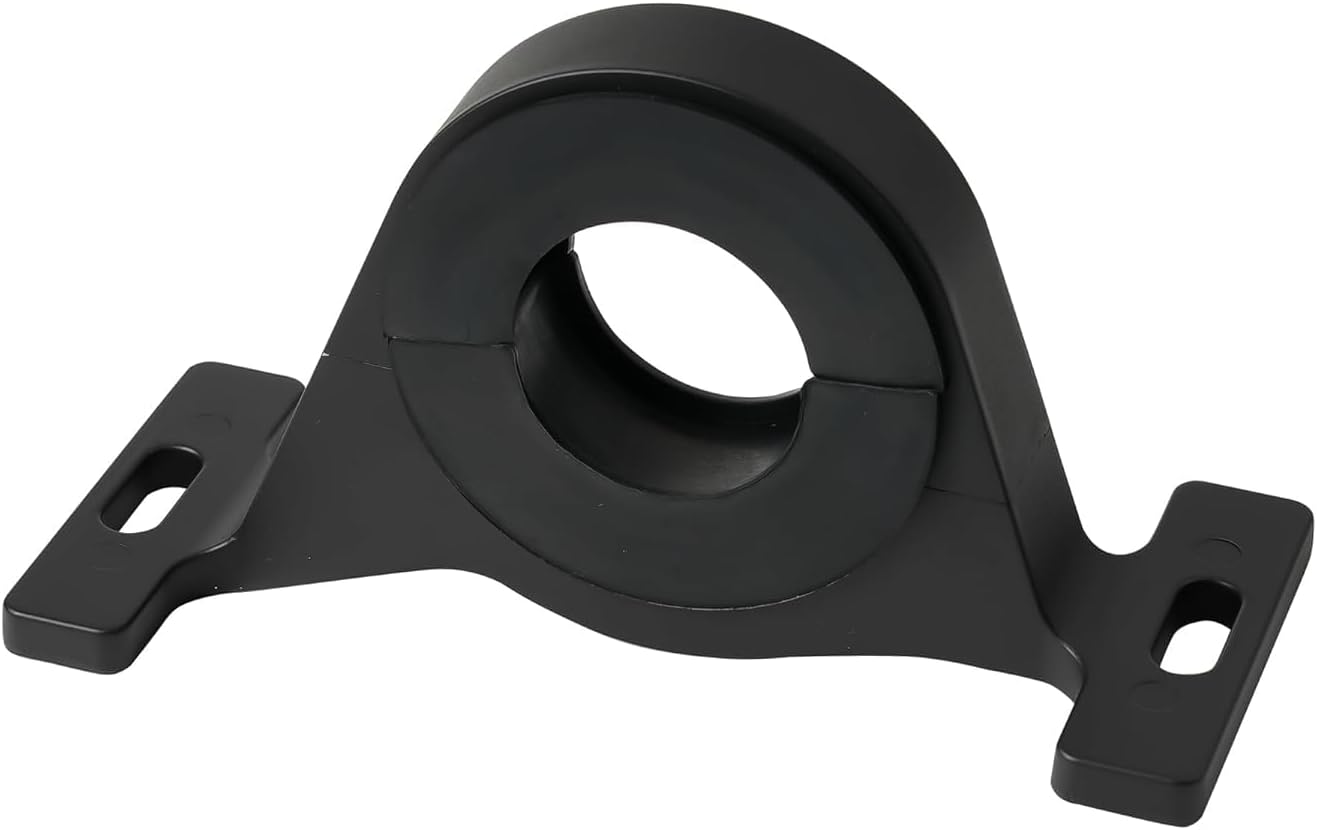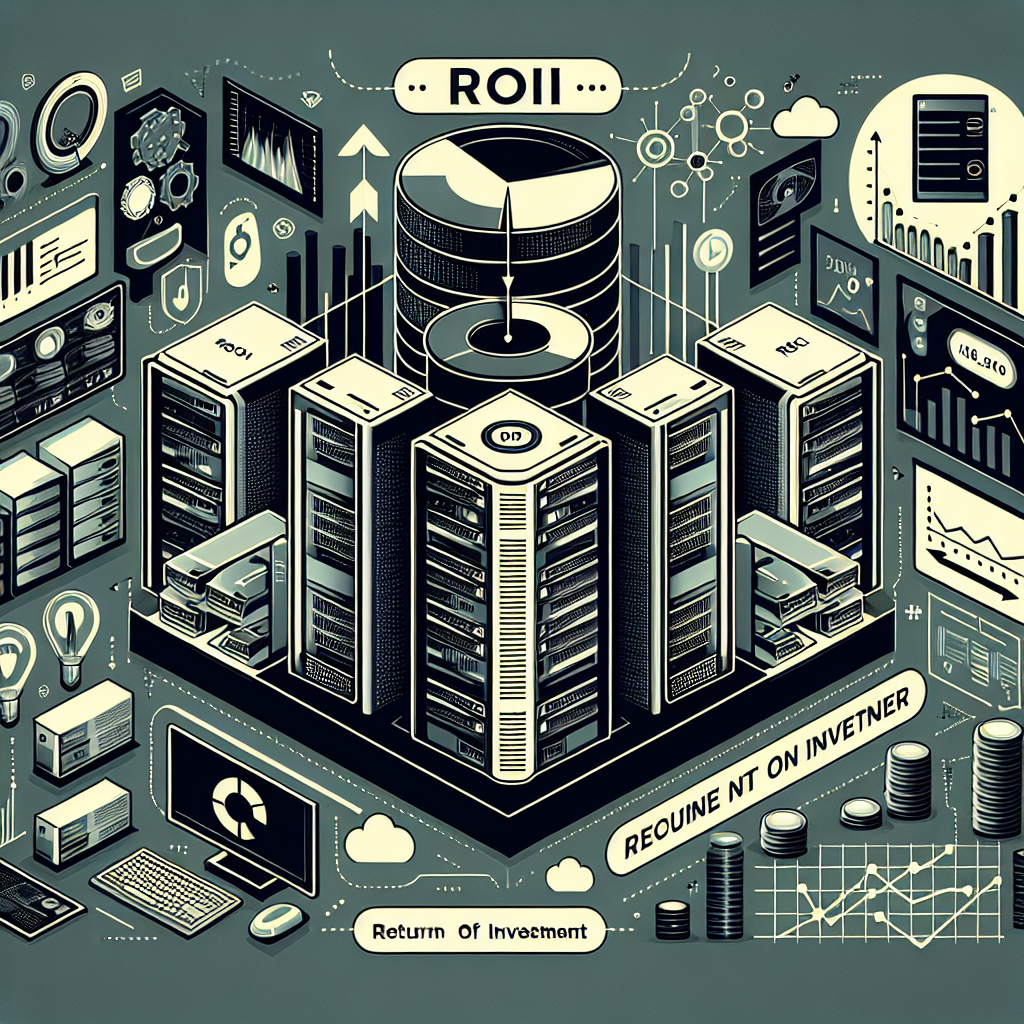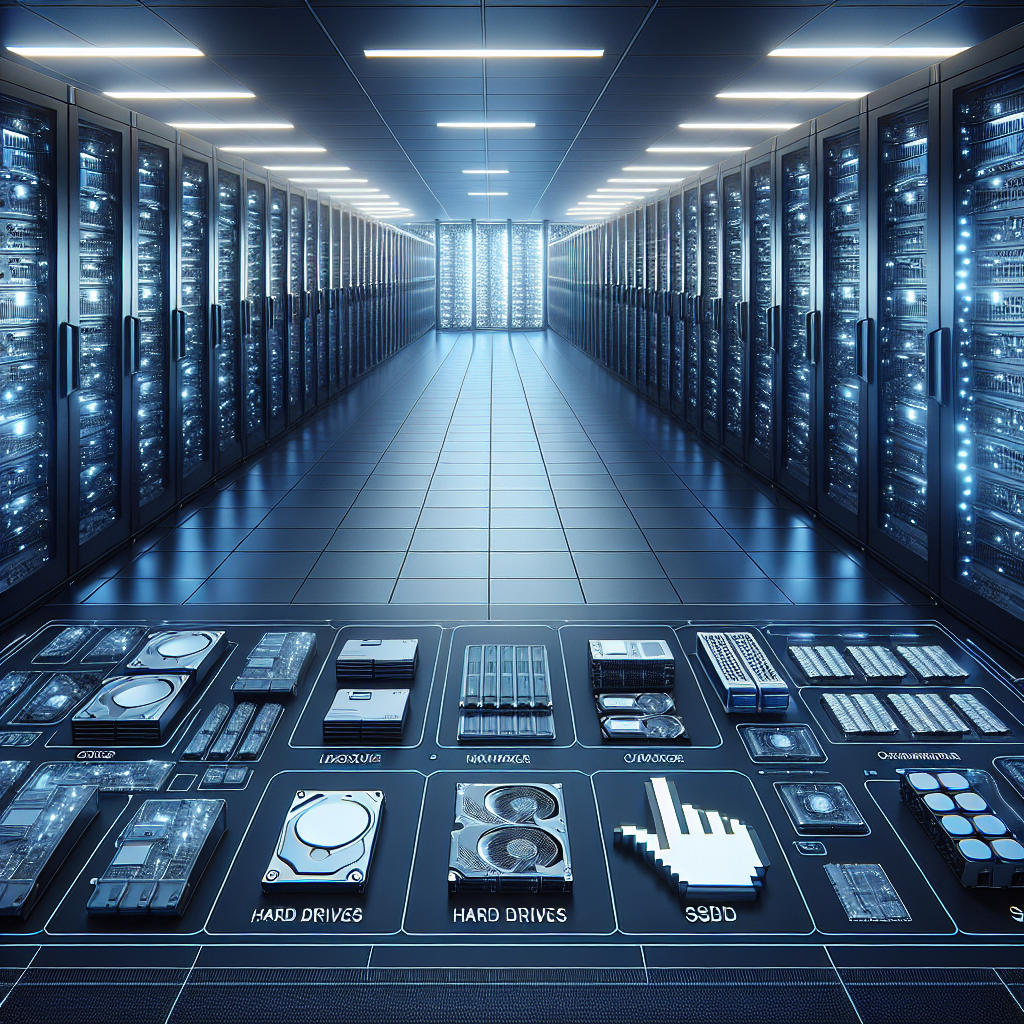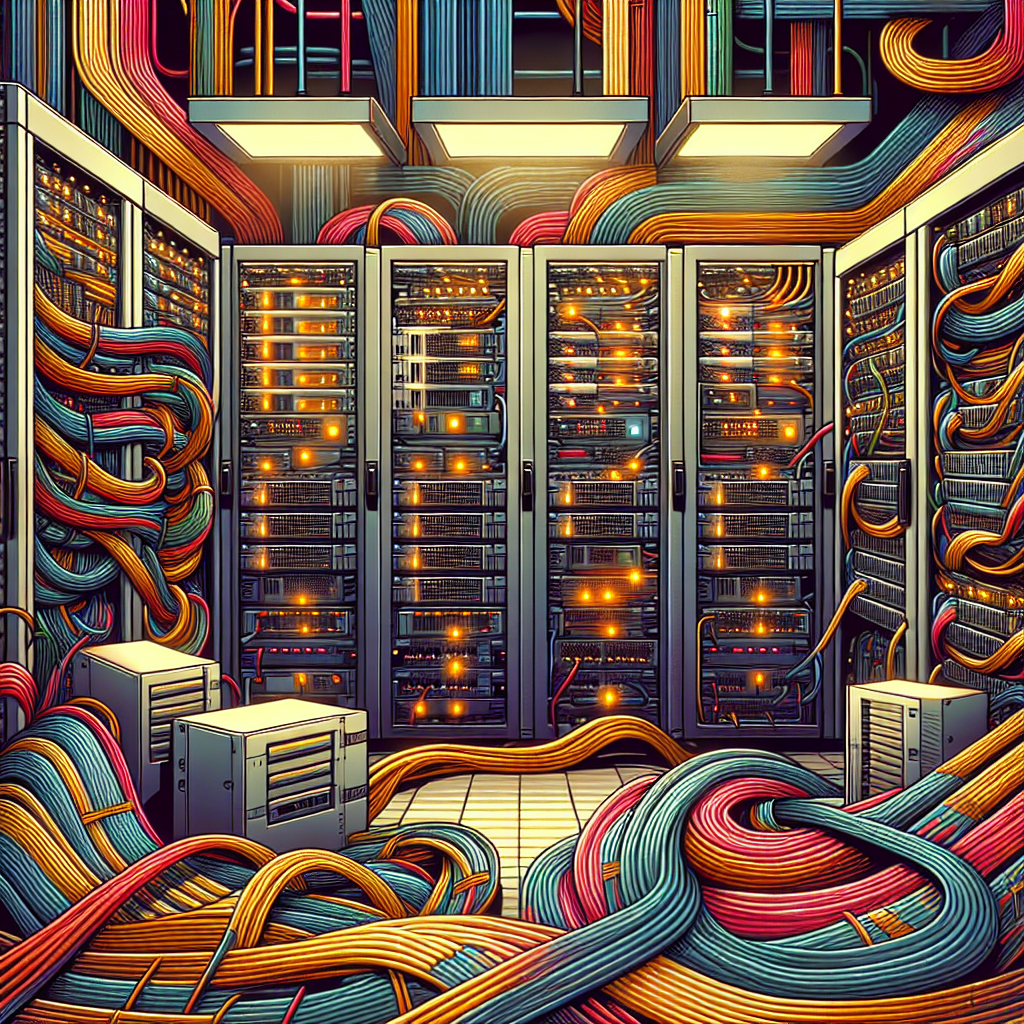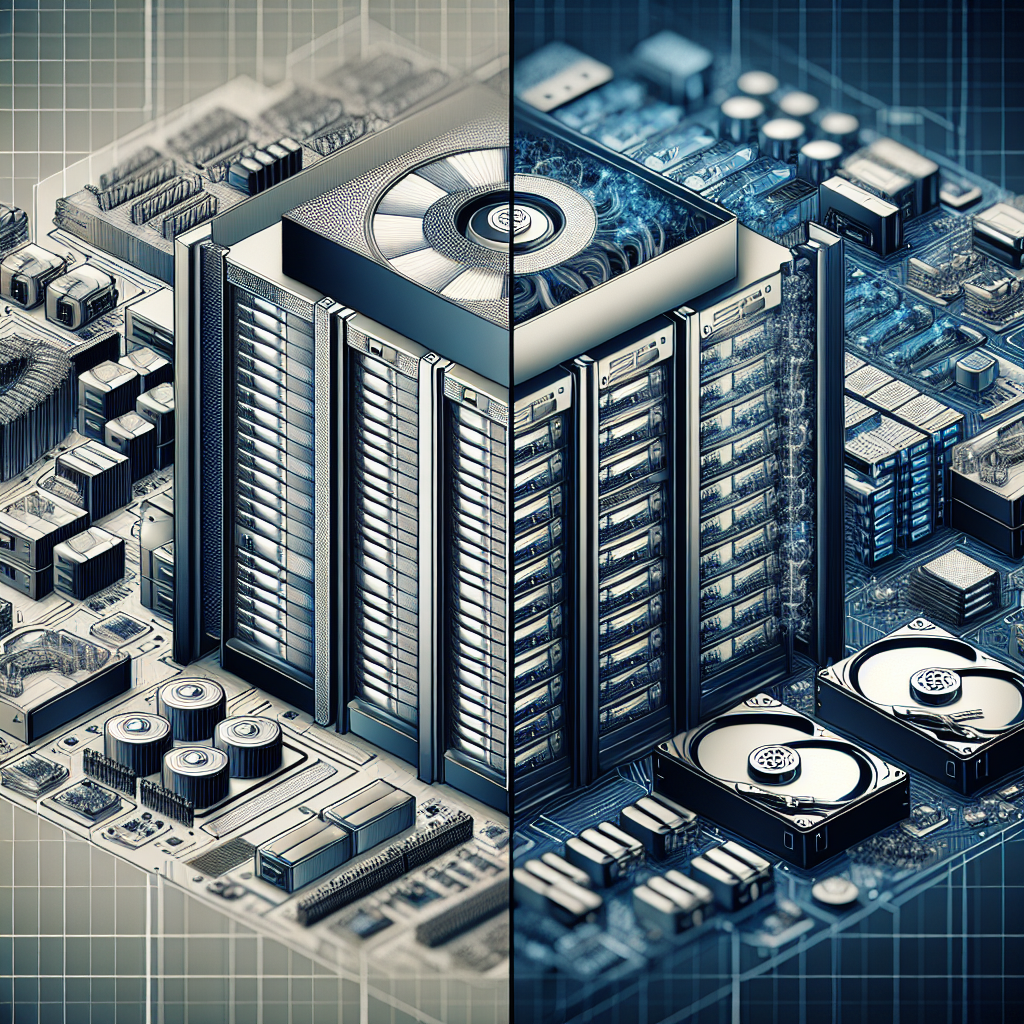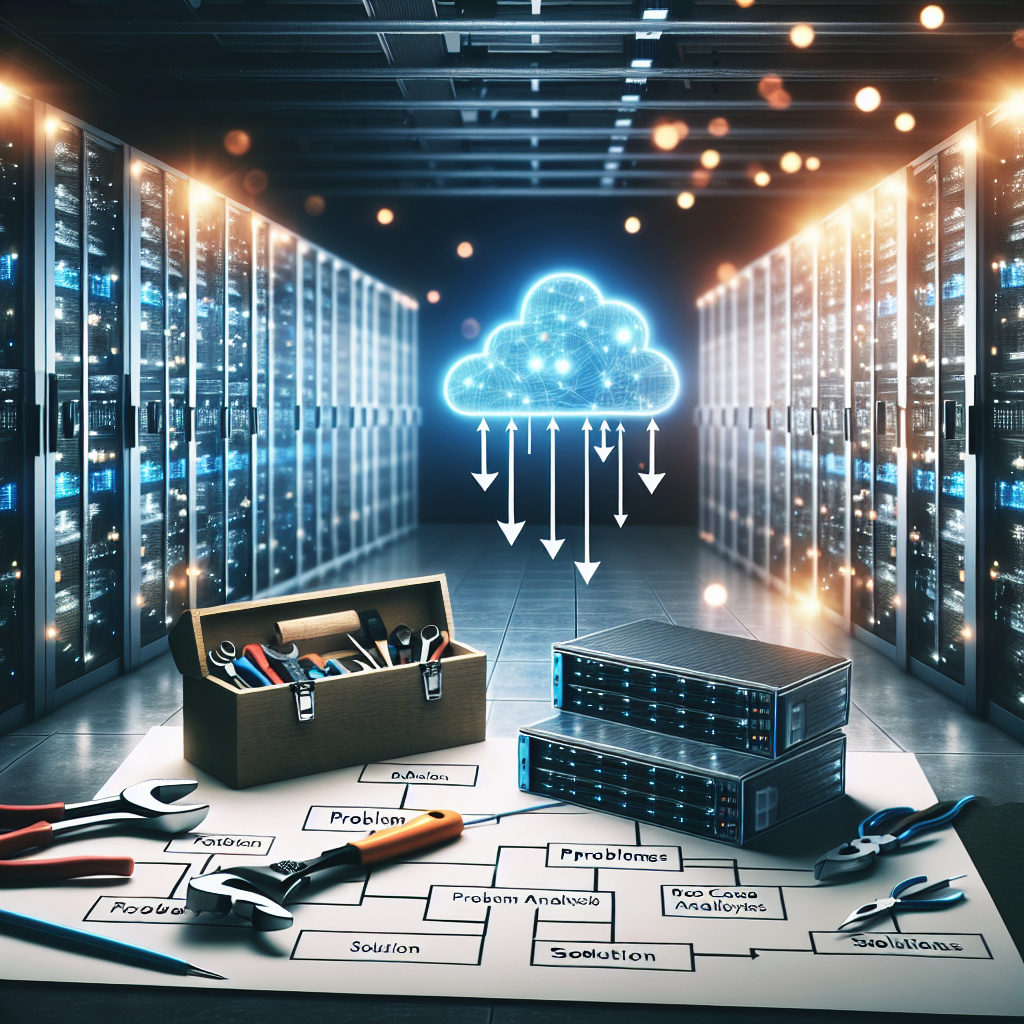In today’s digital age, data is the lifeblood of any organization. From customer information to financial records, data is essential for running a successful business. However, with the increasing amount of data being generated and stored, the risk of data loss or corruption is also on the rise. This is why having a reliable backup and recovery solution is crucial for protecting your organization’s data.
When it comes to choosing the right backup and recovery solution for your data center, there are several factors to consider. Here are some key points to keep in mind when evaluating your options:
1. Data protection requirements: The first step in selecting a backup and recovery solution is to determine your organization’s data protection requirements. Consider the types of data you need to backup, the frequency of backups, and the recovery time objectives (RTO) and recovery point objectives (RPO) that are acceptable for your organization. This will help you identify the features and capabilities that are essential for your backup and recovery solution.
2. Scalability: As your organization grows, so will your data storage needs. Make sure to choose a backup and recovery solution that is scalable and can easily accommodate your organization’s future data storage requirements. Look for a solution that can grow with your organization and can handle large volumes of data without compromising performance.
3. Data retention and archiving: In addition to regular backups, it’s important to have a data retention and archiving strategy in place. Make sure your backup and recovery solution offers the ability to archive data for long-term retention, compliance, and legal requirements. Look for features such as data deduplication and compression to help reduce storage costs for archived data.
4. Security and compliance: Data security is a top priority for organizations, especially in industries that handle sensitive information. Ensure that your backup and recovery solution provides robust security features, such as encryption, access controls, and data integrity verification. Additionally, make sure the solution complies with industry regulations and standards to protect your organization from potential data breaches and compliance violations.
5. Disaster recovery capabilities: A reliable backup and recovery solution should also include disaster recovery capabilities to help your organization quickly recover from unexpected events such as natural disasters, cyberattacks, or hardware failures. Look for features such as automated failover, data replication, and cloud integration to ensure that your organization can quickly recover and resume operations in the event of a disaster.
6. Ease of use and management: Finally, consider the ease of use and management of the backup and recovery solution. Look for a solution that is intuitive and user-friendly, with features such as centralized management, automated scheduling, and reporting capabilities. A solution that is easy to deploy and manage will help streamline your backup and recovery processes and reduce the risk of human error.
In conclusion, choosing the right backup and recovery solution for your data center is essential for protecting your organization’s data and ensuring business continuity. By considering factors such as data protection requirements, scalability, security, disaster recovery capabilities, and ease of use, you can select a solution that meets your organization’s needs and provides peace of mind knowing that your data is safe and secure.

